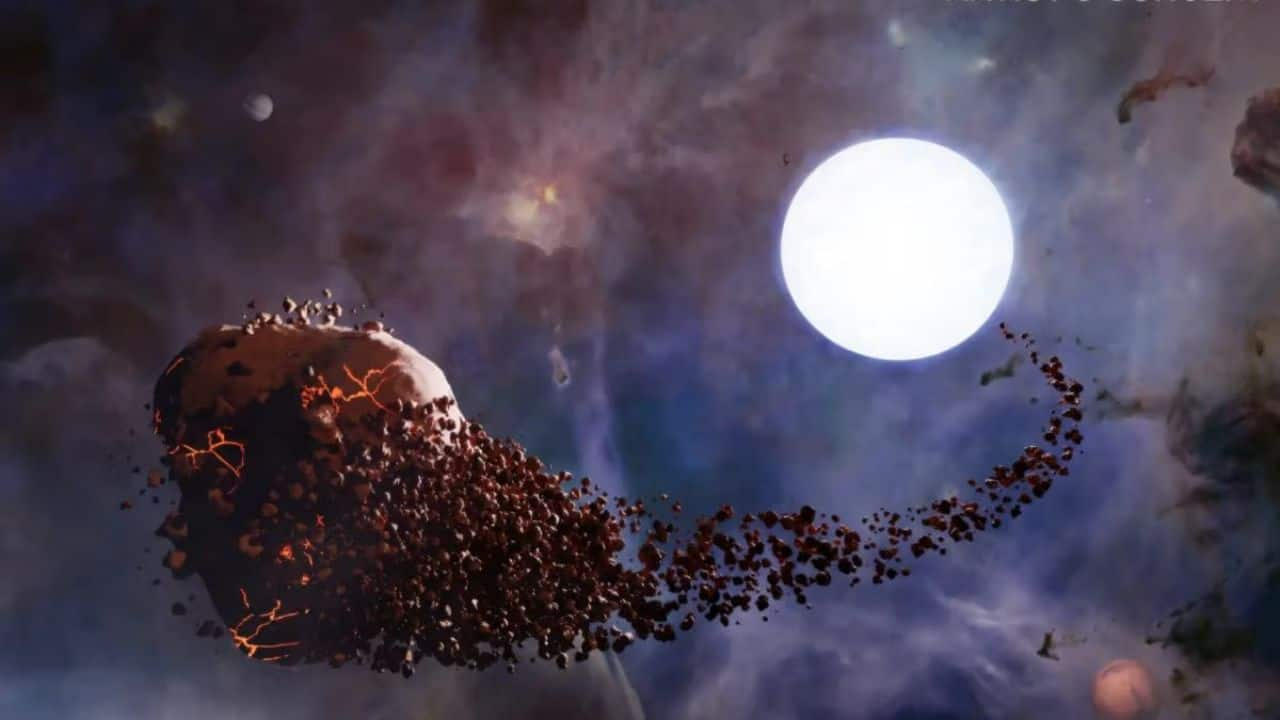



Astronomers were stumped by a bizarre X-ray radiation for over 40 years. But possibly there is suddenly a cosmic criminal. The scientists say a planet nearby has been destroyed by a white dwarf, a wasting star. The mysterious X-rays could be the by-product of that annihilation.
The Helix Nebula is an astounding ring of glowing gas with the star at its center. It was a star much like the Sun, but when it died, it shed its outer layers. What remains is a hot, dense white dwarf. It is so fierce that it incinerates everything that gets too close, including planets.
The Fire Heart of the Nebula
About 650 million light-years are between us and the Helix Nebula. It was formed when a star in death released gas and is also known as Caldwell 63. The gas now measures about three light-years in width, creating a ring of color.
The white dwarf, its small but powerful core, sits at the center. It weighs as much as the Sun but is not bigger than Earth. Objects can be pulled apart into dust by its strong gravity.
It's called the star's last gasp by NASA. But it's still dangerous at the end.
 An artist’s illustration depicts a planet (left) straying too close to a white dwarf. (Image: NASA)
An artist’s illustration depicts a planet (left) straying too close to a white dwarf. (Image: NASA)
A Secret and a Signal
Telescopes have observed unusual X-ray radiation since the 1980s. These were from the central white dwarf of the Helix Nebula. The origin was unknown for years.
Recent observations have changed the perspective. Scientists used images from the Hubble and NASA's Chandra X-ray Observatory. They also studied information from NASA's GALEX spacecraft and Europe's Southern Observatory.
Together, these tools pinpointed a likely cause. Maybe a nearby planet wandered too close. It could have been attracted by other planets' gravity. Tidal forces ripped it apart as it approached the white dwarf.
They dragged bits of the ravaged planet into the star. Fierce X-ray outbursts were released during this destructive process. Scientists believe this could assist in interpreting the enigmatic signal. How Does One Become a "Planet Killer"?
White dwarfs are very massive bodies in a very small place. Their gravity is extremely strong as a consequence. They have the same attraction as the sun even though they are so small. Thus, anything that gets near could not survive.
The white dwarf of the Helix Nebula shows how stars die violently. The gravity of its white dwarf can blow up and destroy entire planets, leaving only their dust.
This is possibly the first time such a thing has happened, astronomers believe. It gives a new insight on how planets die and how even after they die, stars still affect space.
Discover the latest Business News, Sensex, and Nifty updates. Obtain Personal Finance insights, tax queries, and expert opinions on Moneycontrol or download the Moneycontrol App to stay updated!